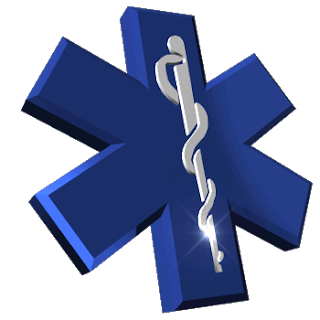Treatment for stroke involves thrombolytic therapy. This can only properly be done in the hospital. There is a narrow window for treatment to take place, and that requires prehospital providers to take quick and rapid action.
Things that are important for prehospital providers to do in the field include:
- As with all patients, assess the airway, breathing and circulation. Stroke patients may have difficulty in maintaining an airway.
- Begin oxygen therapy on any patient with hypoxia. Monitor patient with pulse oximetry.
- Do a neurological exam. Use a proven exam like the Cincinnati Prehospital Stroke Screen or Los Angeles Prehospital Stroke Screen to assess the patient.
- Determine the time of onset of symptoms. This information is critical to the receiving hospital as the use of thrombolytic therapy has a narrow therapeutic timeframe.
- Check patient's blood sugar. Hypoglycemia can cause the patient to present with stroke symptoms.
- Establish a baseline 12 lead ECG to determine any arrhythmias.
- Establish in IV route but do not give dextrose containing fluids such D5W.
- Update the receiving Emergency Department so their staff can prepare for the patient's arrival and begin therapeutic efforts.
- Transport the patient as soon as possible. Certain medications that will be administered in the hospital have a small window of effectiveness.
Things not to do:
- Do not delay transport. Speed is vital for the most optimal patient outcome.
- Do not forget to note the onset of stroke symptoms. This information is vital for hospital providers.
- Start an IV, but do not give large amounts of fluid. Large amounts of fluids may worsen the patient's condition.
- Do not give dextrose, unless the patient is hypoglycemic.
212.jpg)


